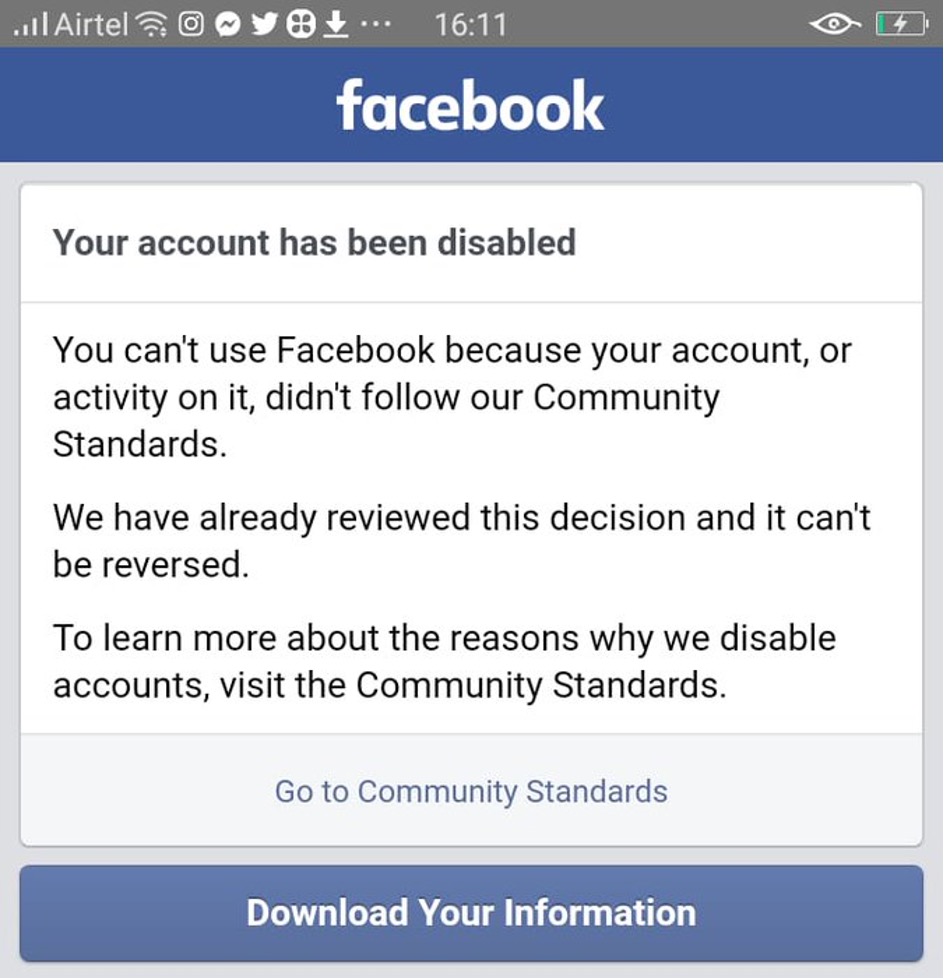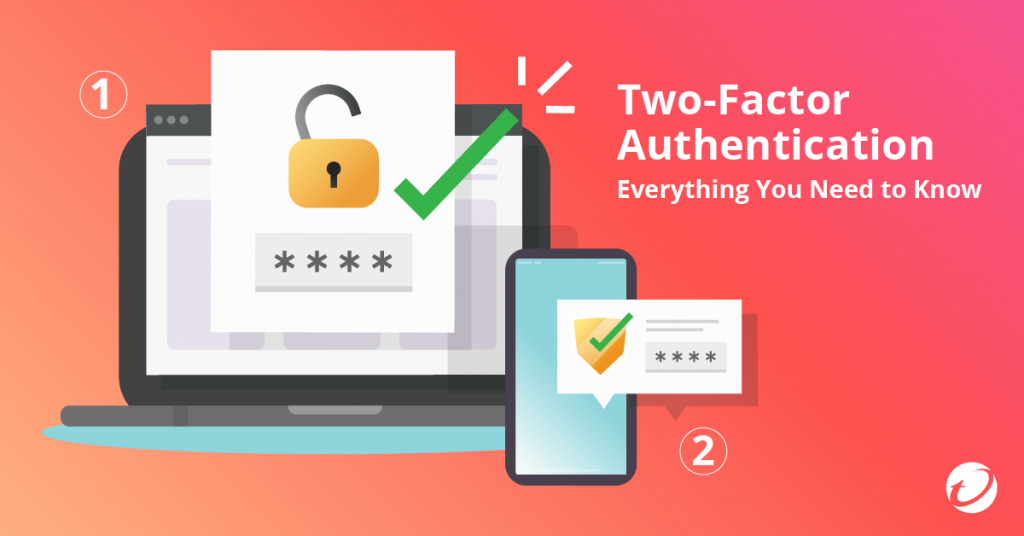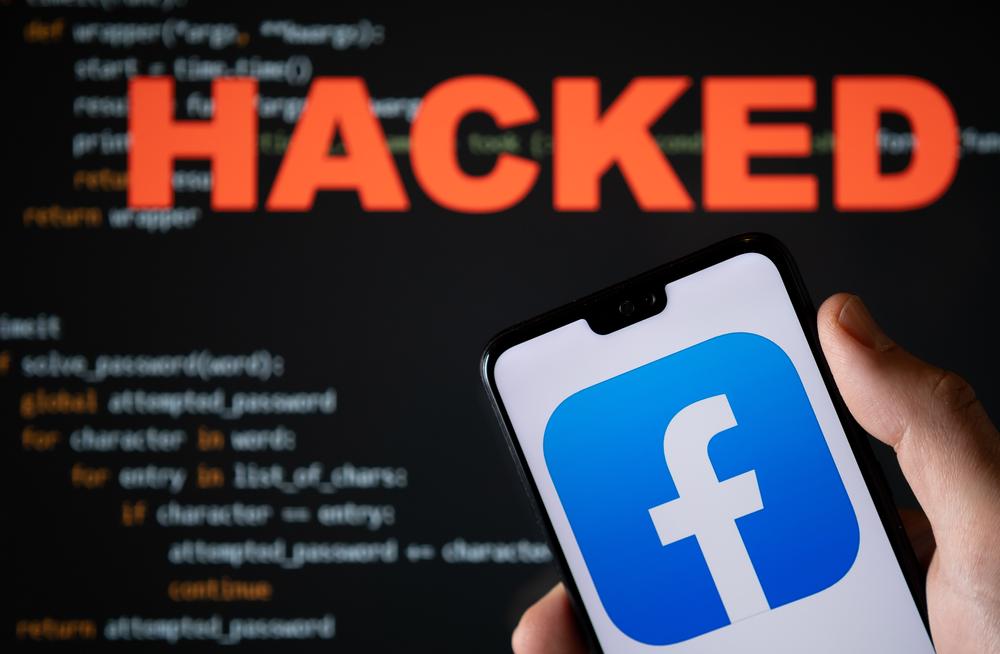Last Updated on Oct 2, 2023
Are you sure that your social media accounts are secure? If your social media account is compromised, you’ll be in famous, albeit unfortunate company. Those who’ve had their accounts hacked include Joe Biden, Bill Gates, Kanye West, Elon Musk, and Kim Kardashian — but these are just the famous names.
Have you made contingency plans in the event of being hacked? Unfortunately, it’s a very real threat nowadays — and it’s not just disabled accounts or losing your holiday pics that’s the issue. It’s probable that once hacked, your profile will become the channel by which the hackers target your friends and family too — simply by sending DMs using your name.

With the number of online accounts we have, it’s nearly impossible to ensure that they all have a secure, yet memorable password. Add to that the fact that cybercriminals are consistently trying to get a hold of our login credentials, and we have a problem. Fortunately, two-factor authentication (2FA) is on hand to significantly bolster the security of our online accounts.
Enable 2FA (two-factor authentication) — It Works!
There are a number of methods that cybercriminals employ to obtain users’ passwords. One common method uses automated bots to enter many different email and password combinations in an effort to find a match. They also use phishing attacks — where criminals impersonate legitimate organizations to try and trick people into giving them their log-in information. Another threat may come in the aftermath of a data breach, for example, Samsung’s back in March 2022.
2FA, as well as multi-factor authentication (MFA), adds an extra layer of security to online accounts by requiring users to provide two different authentication factors to verify themselves. The second authentication is either an SMS security code, an on-device prompt, or a fingerprint scan. This is a huge deterrent to cyber criminals because it means that even if they have a user’s email and password, they will still need the device.

According to Google, 2FA via SMS codes helps “block 100% of automated bots, 96% of bulk phishing attacks, and 76% of targeted attacks”, while on-device prompts prevent “100% of automated bots, 99% of bulk phishing attacks and 90% of targeted attacks.” Looking at the data, it is clear that enabling 2FA massively helps in thwarting cybercriminals’ efforts to hack into accounts.
Simply put, if you don’t enable 2FA, you are not taking advantage of an additional, easy to configure safeguard.
How to Turn on 2FA
To enable 2FA for an online account, you will need to do so through the settings menu. The feature is normally found by navigating through Settings > Privacy > Security and Account > Two-Factor Authentication. Here is a list of links to the instruction pages for setting up 2FA for popular online services:
- Facebook (We’ve also just published this handy how-to piece!)
- TikTok
Tips for Creating Strong Passwords
In addition to configuring 2FA for all your accounts, you should also follow good password habits:
- Create unique, strong passwords of a decent length (8+ characters) for each of your online accounts, and change them often, particularly for the accounts containing payment information.
- Use a combination of characters, numbers, and symbols to add complexity to the passwords and make them much more difficult to guess.
Strengthen Your Account Security with Trend Micro
To help you manage your passwords and stay on top of your online security, use Trend Micro Password Manager! It not only supports two-factor authentication, but also provides enhanced security features. Available on PC, Mac, Android, and iOS.
Many seniors and children are using social media. . . Why not help your family enable 2FA to prevent them being hacked. And as ever, if you’ve found this article a useful read, please click the “like” button below and SHARE with friends and family to help secure their accounts too!
